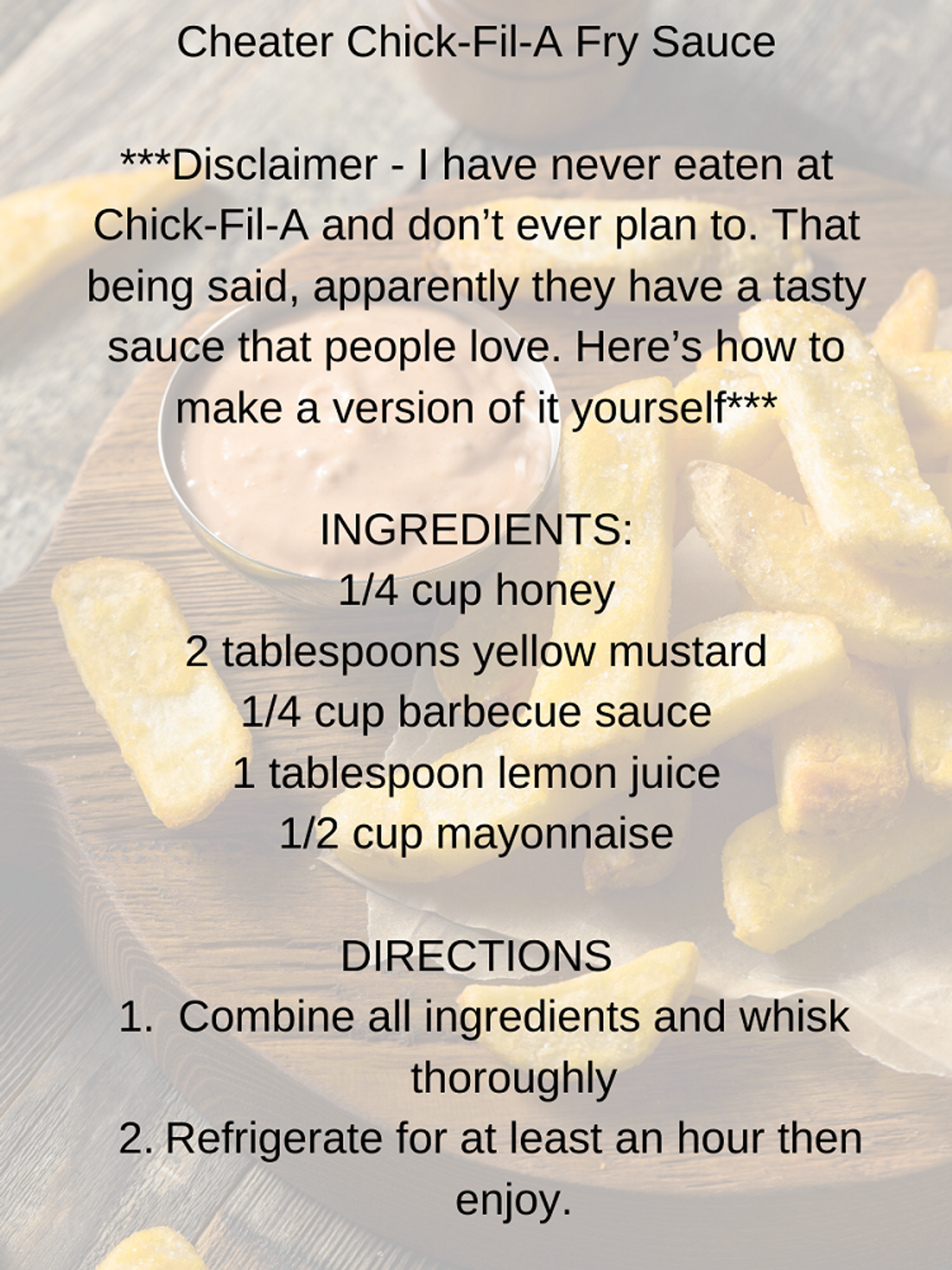There’s a little bit of a tongue-in-cheek joke amongst those who work in the culinary industry about the contents of our fridges. Friends and family frequently imagine that chefs and cooks have fully stocked fridges. But much like a massage therapist who never gives a backrub to their partner or the farmer who prefers to eat Kentucky Fried Chicken, culinary professionals don’t often cook extravagant meals at home. When I was spending most waking hours working at a restaurant, Neil’s friends would often say that he was super lucky because they were sure that I was preparing the best meals at home while the truth of the matter was that we ate more quick-service and fast food during those years than at any other point in our lives. The grim reality is that when you spend your working hours (and a lot of them) cooking, you don’t really feel like cooking in your free time.
It’s actually quite easy to spot the fridge of a professional cook, it’s the one that is almost empty except for a good supply of beer & mixers and a well-honed selection of condiments.
For our third installation of the “Well-Stocked Pantry” series, we are going to dive into must-have condiments. While there is not a clear definition of what is included in the category of “condiments,” we are going to stick with ingredients that are liquid, include multiple ingredients (oil & vinegar will be tackled in a week or so), and are not used primarily in Asian influenced cuisine (that’s a whole category on its own).
Let’s start with some basics. Merriam-Webster defines a condiment as “something used to enhance the flavor of food.” While that seems pretty straightforward, there is a bit of a debate around what is included in the condiment category. After engaging in a fiery discussion, the folks at KITCHN headquarters (www.kitchn.com) decided to crowdsource specifics about what constitutes a condiment from a handful of culinary professionals. Here is what they found:
A condiment is thinner than guacamole, ideally about the consistency of ranch dressing. If it is too thick, you have a “dip.”
A condiment is a sauce or seasoning that is applied by the consumer (not the cook) to customize the flavor of a dish.
Condiments are usually thought of as supporting actors to highlight another ingredient, but sometimes they’re so good that they turn everything around them into a delivery system (like honey on toast).
Condiments are more than just the average ketchup, mustard, relish, and mayo. Flavored aiolis, house-made steak sauces, pickled shallot relishes, creamy mustards, and new spins on ketchup like scotch-infused. I also love creamy avocado dressing, and seasoned hummus (make it smooth, make it chunky, you are the chef). The sky’s the limit with condiments.
A condiment is something you serve with an already made dish that doesn’t necessarily need it. Hot sauce and ketchup are definitely condiments, but I wouldn’t say that guacamole and hummus are because they can stand on their own.
Anything that can be eaten on its own, as a standalone dish, doesn’t count as a condiment. Hummus isn’t a condiment because you can eat it as a standalone thing. I’m on the fence about guacamole, though. In my opinion, salsa is a condiment and ketchup/mustard/mayo.
Olive oil and vinegar ARE condiments.
A condiment is anything that is not necessary to the final dish but can still be eaten with a finished dish with no need for further cooking. A condiment enhances as well as gives the finished dish a whole new character. A dressing is necessary for a salad, so in my book, salad dressing is not a condiment.
A condiment is a prepared, multi-ingredient product that is used as a personalized finishing touch on any dish. In other words, salt and pepper wouldn’t necessarily count as condiments. But the field is pretty much wide open to individual interpretation. One person’s salad dressing can be another’s sandwich dip.
As you can see, the only thing that is agreed upon is that condiments are good, should be included in your pantry (or fridge) staples, and often can be used as an ingredient in the preparation of a dish and as a way to personalize the flavoring of a dish after it has been fully prepared.
Kelli’s Must-Have Condiments
Ketchup - I don’t use ketchup often, but when I do it’s “fancy.” Seriously, I am a sucker for bougie ketchup. My favorites at the moment are Sir Kensington’s and Red Duck Smoky Ketchup. I look for an organic label, and actual sugar rather than corn syrup as an ingredient.
Mustard - We are big mustard fans in the Kelly household. I believe that you can never have too many varieties of mustard, mainly because each mustard has its own application. Our mustard selection generally includes regular yellow mustard, spicy brown mustard, Dijon mustard, and whole-grain mustard. Sometimes we have little jars of special mustards, right now we have a baby jar of walnut mustard in the fridge.
Mayonnaise - More often than not, we use mayo as an ingredient more than a condiment. This is another category where I will splurge on a specialty jar. Sir Kensington’s regular mayo is my go-to. It is made with the same list of ingredients that I would use if I were to make mayonnaise from scratch and that makes me happy.
Louisiana-Style Hot Sauce - these hot sauces are thin and slightly salty. They are typically a blend of chiles with salt and a large dose of vinegar. These are entry-level hot sauces like Frank’s Red Hot and Tabasco.
Picante “Mexican-Style” Hot Sauce - these hot sauces have the same consistency of Louisiana hot sauces; however, they have much less vinegar as an ingredient. This is the category that includes Valentina, Tapatio, and Cholula.
Asian-Style Hot Sauce - I know I said I wasn’t going to do it, but I would be remiss if I didn’t mention Sriracha, Gochujang, and Sambal, in the hot sauce category. I use these ingredients or are they condiments in more than just Asian dishes. Who doesn’t love a squirt of Rooster Sauce.
Honey & Maple Syrup - Mainly used as ingredients in our house, but definitely essential pantry staples. The best honey is local honey so make friends with bees and the people who love them.
Horseradish - I usually have straight horseradish to use as an ingredient and prepared horseradish to use as a condiment.
Worcestershire Sauce - Did you know that this salty goodness (an essential ingredient in most steak sauces) is made from fermented anchovies?
Relish - Both sweet and dill, maybe one made with green tomatoes.
Barbecue Sauce - You never really go wrong with a couple of different barbecue sauces in the pantry. That being said, you can also make your own barbecue sauce with a bunch of the ingredients that you hopefully already have on hand.








































Comment
Comments